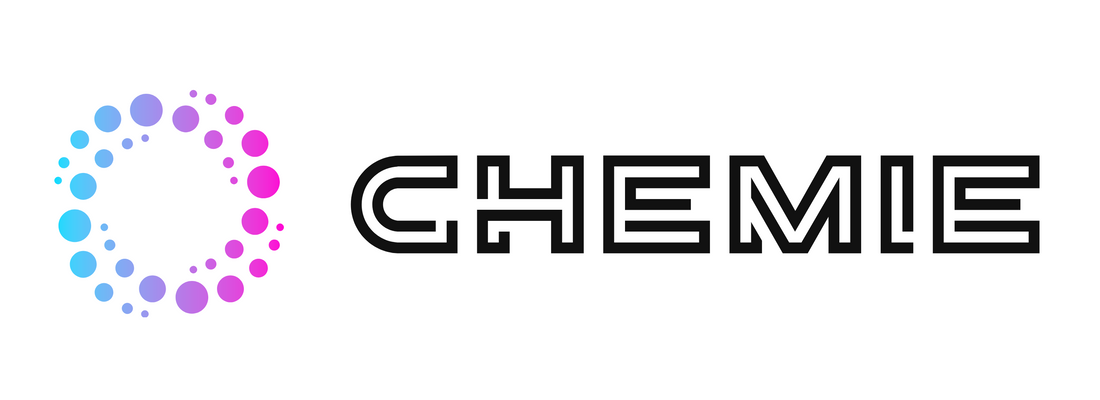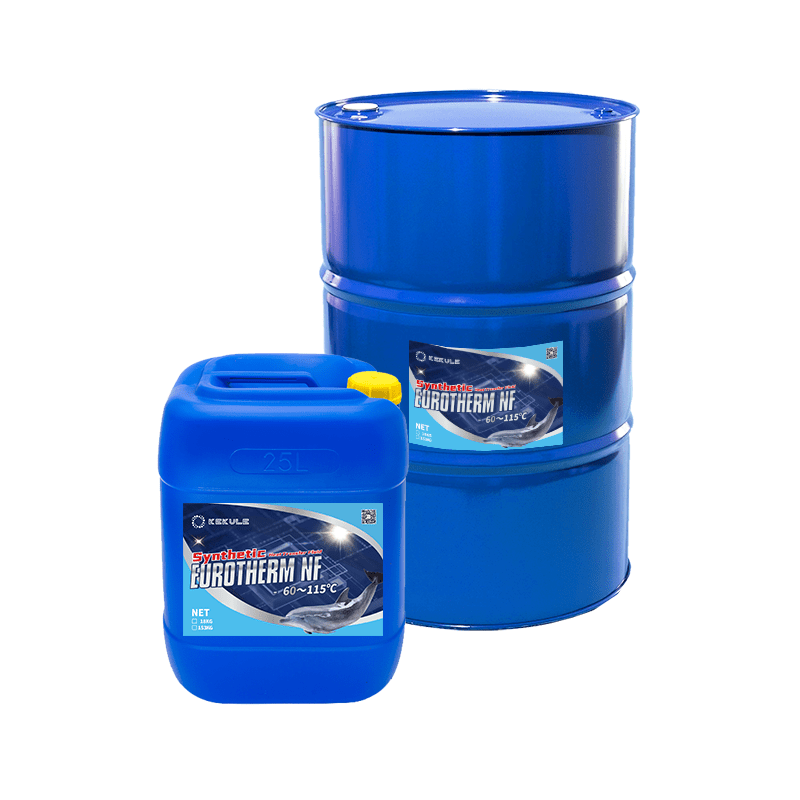The Ultimate Guide To Chemie
The Of Chemie
Table of ContentsNot known Details About Chemie Some Known Details About Chemie How Chemie can Save You Time, Stress, and Money.The smart Trick of Chemie That Nobody is Talking AboutChemie for BeginnersSome Known Questions About Chemie.
By Bojanna Shantheyanda, Sreya Dutta, Kevin Coscia and David SchiemerDynalene, Inc. Liquid cooling, which can be attained utilizing indirect or straight methods, is utilized in electronics applications having thermal power densities that might exceed secure dissipation with air cooling. Indirect liquid cooling is where warm dissipating electronic components are physically divided from the fluid coolant, whereas in case of straight cooling, the parts are in direct call with the coolant.However, in indirect cooling applications the electric conductivity can be essential if there are leaks and/or splilling of the liquids onto the electronics. In the indirect cooling applications where water based liquids with rust inhibitors are usually used, the electrical conductivity of the liquid coolant generally relies on the ion focus in the liquid stream.
The boost in the ion focus in a closed loophole fluid stream may happen as a result of ion seeping from steels and nonmetal elements that the coolant fluid is in contact with. During operation, the electric conductivity of the liquid may raise to a degree which might be damaging for the air conditioning system.
Unknown Facts About Chemie
(https://chemie999.bandcamp.com/album/chemie)They are bead like polymers that can exchanging ions with ions in a solution that it is in contact with. In today job, ion leaching tests were done with numerous metals and polymers in both ultrapure deionized (DI) water, i.e. water which is dealt with to the highest degree of purity, and reduced electrical conductive ethylene glycol/water combination, with the determined modification in conductivity reported gradually.
The examples were enabled to equilibrate at space temperature for two days before taping the first electric conductivity. In all tests reported in this study liquid electrical conductivity was gauged to a precision of 1% using an Oakton disadvantage 510/CON 6 series meter which was calibrated prior to each measurement.
See This Report about Chemie
from the wall surface heating coils to the facility of the heater. The PTFE example containers were put in the heater when constant state temperatures were gotten to. The test arrangement was removed from the heating system every 168 hours (seven days), cooled down to room temperature level with the electrical conductivity of the fluid measured.
The electric conductivity of the fluid example was monitored for a total amount of 5000 hours (208 days). Schematic of the indirect shut loop cooling down experiment set up. Components made use of in the indirect closed loophole cooling down experiment that are in call with the liquid coolant.

Fascination About Chemie
The modification in liquid electric conductivity was kept an eye on for 136 hours. The liquid from the system was gathered and stored.

0.1 g of Dowex resin was added to 100g of fluid samples that was taken in a separate silicone synthetic oil container. The blend was mixed and transform in the electrical conductivity at space temperature level was gauged every hour. The gauged change in the electrical conductivity of the UP-H2O and EG-LC examination liquids containing polymer or steel when immersed for 5,000 hours at 80C is shown Figure 3.
The Best Guide To Chemie
Number 3. Ion leaching experiment: Calculated adjustment in electrical conductivity of water and EG-LC coolants including either polymer or metal samples when submersed for 5,000 hours at 80C. The outcomes show that steels added fewer ions into the liquids than plastics in both UP-H2O and EG-LC based coolants. This can be as a result of a thin metal oxide layer which might function as a barrier to ion leaching and cationic diffusion.
Fluids including polypropylene and HDPE showed the most affordable electric conductivity modifications. This might be as a result of the short, rigid, direct chains which are less likely to add ions than longer branched chains with weak intermolecular forces. Silicone also executed well in both examination liquids, as polysiloxanes are typically chemically inert due to the high bond power of the silicon-oxygen bond which would certainly protect against degradation of the material right into the fluid.
Our Chemie Diaries
It would certainly be expected that PVC would produce comparable outcomes to those of PTFE and HDPE based on the comparable chemical structures of the products, nonetheless there might be various other pollutants present in the PVC, such as plasticizers, that may affect the electric conductivity of the fluid - immersion cooling liquid. Additionally, chloride groups in PVC can additionally leach right into the examination fluid and can cause a rise in electric conductivity
Buna-N rubber and polyurethane revealed indicators of deterioration and thermal disintegration which suggests that their possible energy as a gasket or glue material at higher temperatures can lead to application problems. Polyurethane totally broke down into the examination liquid by the end of 5000 hour examination. Number 4. Prior to and after photos of metal and polymer examples submersed for 5,000 hours at 80C in the ion leaching experiment.
Calculated adjustment in the electric conductivity of UP-H2O coolant as a function of time with and without resin cartridge in the shut indirect cooling loophole experiment. The gauged modification in electrical conductivity of the UP-H2O for 136 hours with and without ion exchange material in the loophole is received Figure 5.